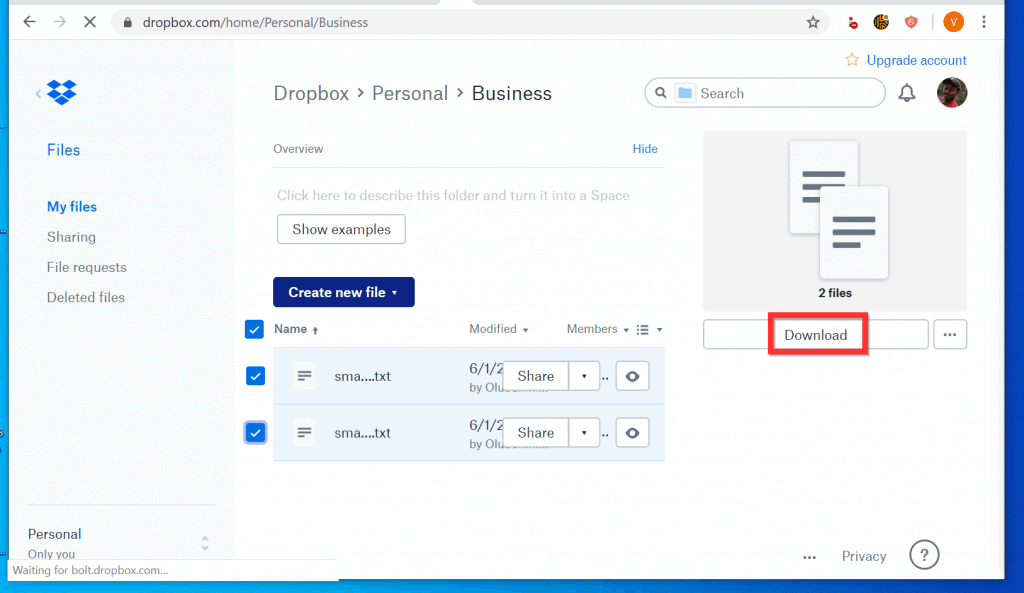

If it’s a file, it can be downloaded.ġ) On your iPhone or iPad, go to Safari and open the file you are trying to download. You can for example download PDFs, Word, Excel, PowerPoint. The basic principle of downloading files to an iPhone or iPad is fairly simple, regardless of the file you’re trying to download. We are using the Files app because this is a stock application that comes with all iPhones and iPads.

All the screenshots will be from an iPhone, but again, the basic principles are identical regardless of the iOS device you’re using, be it an iPhone, iPad, or iPod touch. In this post, we’ll be working with the Files app, also called iCloud Drive, but the principle is the same regardless of the service you’ll use. Related: How to use Google Drive, Dropbox, etc., in Files app on iPhone and iPad Google Drive is also a popular option, and for those users who have limited iCloud storage, these two services might be the best options for downloading files. Dropbox is probably the most familiar name in the space. Where to download files on an iPhone or iPadĪpple has made the lack of an accessible file system a little easier to swallow over the past couple of years, specifically with the expansion of iCloud services but also with the Files app, a front-facing app for most files stored in iCloud and locally on your device.Īpple has also opened things up to third-party applications. In this article, I’ll try to share different options for you to download files to iPhone or iPad.

How do I download a file to my iPhone? Where do I download it to? These are questions I’ve recently been asked, but also problems I have faced myself. On iOS, it can get a little more complicated than that. It’s saved on the hard drive and ready to be accessed when needed. Downloading and saving files or documents to a computer is something we don’t think about.


 0 kommentar(er)
0 kommentar(er)
